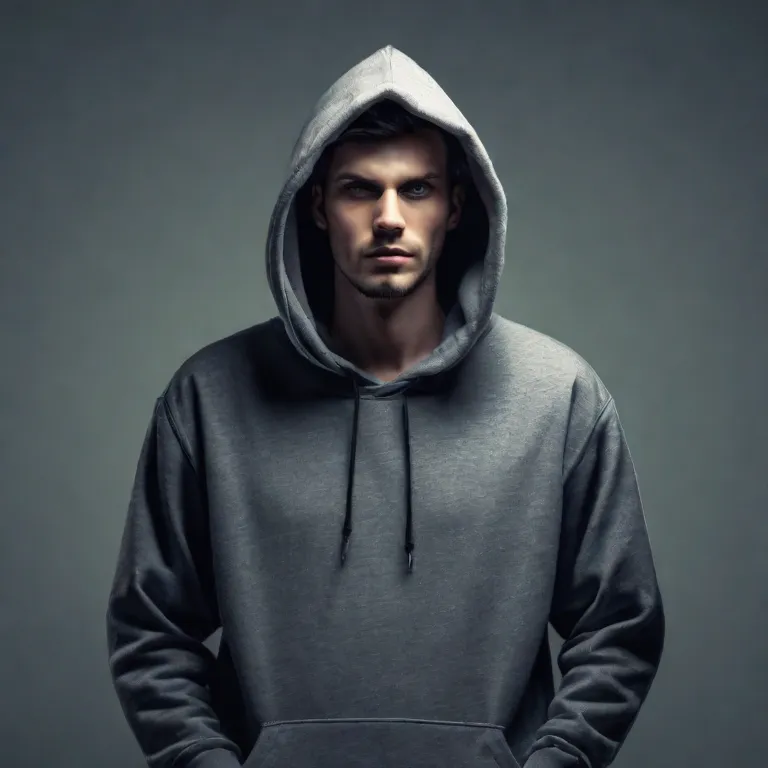Tokenomics: Safeguarding from Rugpulls
Can you spot the red flags of a crypto investment to prevent becoming a victim of a rugpull?

Rugpulls: Understanding Sneaky Moves in Blockchain Projects
Rugpulls happen when people involved in a blockchain project take away money from those who invested in it. This leaves the investors with tokens that are not worth much or even nothing. This part will talk about rugpulls, explaining how they work, signs to watch out for, and why it's important to be careful when dealing with blockchain stuff.
Knowing the Deal or Lack of One
What's a Rugpull?
A rugpull is when the people behind a blockchain project leave the project on purpose, often taking the investors' money with them. This causes a big loss in the value of the project or makes it completely useless.
How It Works
- False Promises: Rugpulls often involve making promises that are not true. They give wrong information to get people interested in investing, making them think they will get a lot of money back.
- Pump and Dump: Some rugpulls happen when people work together to control the prices of tokens. They make the prices go up a lot to get more people interested. Once many people invest, they leave, and the prices go down fast.
- Liquidity Drain: Rugpulls can also include taking away the ability to trade tokens. This means investors can't turn their tokens into other things.
Signs to Be Aware Of
Not Being Open
Sometimes, projects involved in rugpulls do not share honest and good information about the team, what they want to do, or the technology behind it. This lack of clear details should make you wonder.
Promises That Seem Too Good
If a project promises you will get a lot of money back without much risk, you should question it. Saying things that sound too good to be true might mean trouble.
Unknown or Unchecked Team
Rugpulls often happen when projects have team members who are unknown or not checked. They don't give much information about their experience or background. Not knowing about the team can be a red flag.
Smart Contracts Not Checked
Projects that don't get their smart contracts checked by others can be risky. Smart contracts that are not checked may have problems or hidden things that can be used for rugpulls.
Not Much Talk in the Community
Projects that don't have much talk or updates in the community may not be interested in the people who invested. If the team is not talking much, it might mean they are planning to leave.
Real Examples
YAM Finance
YAM Finance started as an experiment but had a big problem in how it worked. It didn't get checked properly, and this led to a big loss for people who invested.
SaveDoge
SaveDoge said it would give money to dog shelters but took investors' money and left them with tokens that were not worth anything.
SafeMoon
SafeMoon got attention for marketing and high tokenomics. But people got worried because it wasn't clear, and the team didn't have much experience.
Staying Safe as an Investor
Checking Before You Invest
Before putting your money into any project, do good research. Check the team, project details, audits, and what people are saying in the community. Get opinions from different sources to know if there might be problems.
Checking Audits and Being Clear
Choose projects that have their smart contracts checked by good firms. Make sure the team talks clearly and often to build trust with investors.
Community Help
Join groups where people talk about their experiences and knowledge. Together, people can notice and talk about projects that might be risky.
Knowing the Rules
Stay updated on the rules for blockchain projects. Be careful with projects that don't follow the rules or work in places where there are no rules.
Conclusion
Rugpulls are tricky situations in the blockchain world. People who are part of the project take money from investors, leading to big losses. To be safe, watch out for warning signs, do your homework before investing, and be part of a community that looks out for each other. Understanding rugpulls and how they work helps you navigate the blockchain world wisely and be a part of making it safer for everyone.
This article takes inspiration from a lesson found in 15.S12 at MIT.